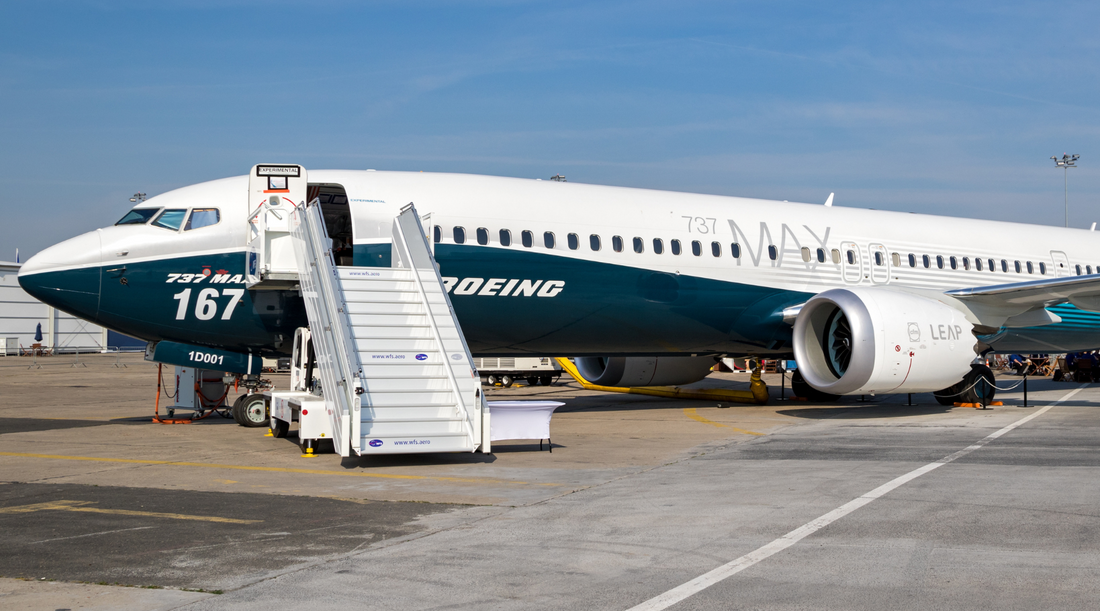The Boeing 737: Where did it all start?
The Boeing 737 is a plane as ubiquitous in the skies as double-decker buses on a London street. But the story of how this workhorse of the airline industry came to be is an interesting tale of market demands and shrewd engineering.
In the mid-1960s, Boeing, a renowned American aircraft manufacturer, was riding high on the success of its long-haul jetliners, the 707 and 727. However, they recognised a gap in the market. Airlines were calling for a smaller, more economical aircraft suited for shorter routes with less passenger traffic.
The answer came in the form of the 737. Designed to complement, not replace, its bigger siblings, the 737 was envisioned as a twin-engine aircraft that could carry around 80 passengers on shorter journeys. To keep costs down, Boeing cleverly utilised the existing fuselage design of the 707, maintaining the six-abreast seating configuration. The key difference? Instead of the four powerful engines of the 707, the 737 would sport two, more fuel-efficient turbofan engines mounted under the wings.
Development officially began in 1964, and the first variant, the 737-100, rolled out just two years later. This initial version was a relatively small aircraft, perfect for regional routes. However, airlines soon expressed interest in a slightly larger variant. Boeing responded swiftly, and the 737-200, with a lengthened fuselage to accommodate more passengers, entered service in 1968.
These early 737s weren't without their teething problems. Initial models featured rear airstairs, which proved to be more complex and troublesome than anticipated. Other minor issues like nosewheel corrosion and hydraulic malfunctions cropped up, but Boeing addressed them swiftly through modifications and testing.
The true genius of the 737, however, lay in its adaptability. Boeing understood that airlines needed flexibility. Over the years, the 737 family has seen numerous iterations, each tailored to specific needs. The 737-300 stretched the fuselage further, while the 737-400 introduced new, even more efficient engines. The 737-500 offered a shorter-range option for airlines with particularly tight routes.
This modular approach proved to be a masterstroke. Airlines could choose the 737 variant that best suited their network and passenger numbers. This customisation, coupled with the aircraft's overall efficiency and reliability, ensured the 737's dominance in the short-haul market.
The story of the Boeing 737's origin is one of responding to a specific market need with a clever, adaptable design. This single aircraft, born from a desire to fill a gap, has gone on to become a true aviation icon, forever transforming the way we travel.

